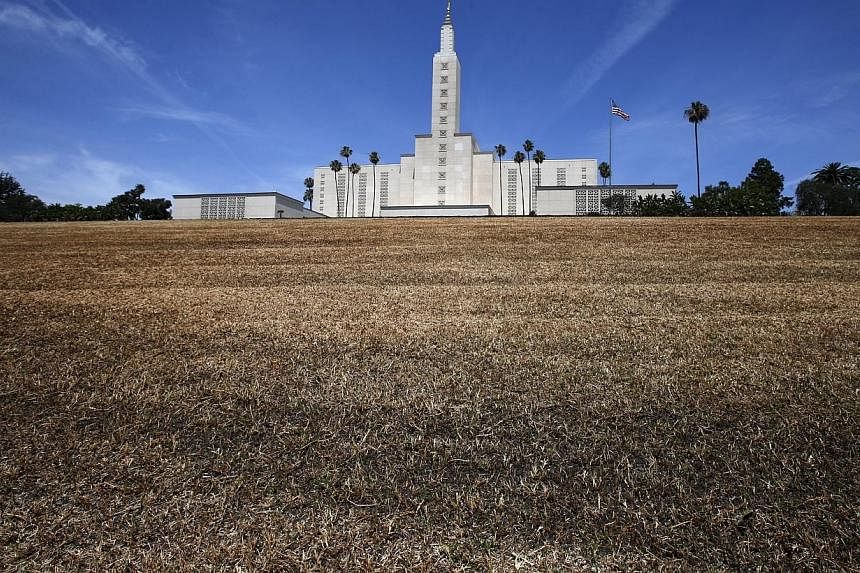LOS ANGELES (Reuters) - Spring weather in downtown Los Angeles and other areas of Southern California flip-flopped this year as temperatures cooled from March to May, creating a so-called reverse meteorological spring for the first time in nearly a century, officials said on Tuesday.
A reverse meteorological spring is rare and indicative of the abnormally warm and dry weather plaguing California, which has suffered severe drought conditions for the last four years, National Weather Service weather specialist Stuart Seto said.
"What this means is that springtime started out warmer in March and then April was cooler and May was cooler," Seto said."It's an unusual occurrence that's only happened three times in the history since we've been keeping records."
The last reverse meteorological springs in the area were in 1914 and 1921, according to National Weather Service records dating to 1877.
This year, the average temperature in March was 20.11 Centigrade compared to the normal average of 15.61. May saw an average temperature at 17.83 C, nearly one degree cooler than the normal average temperature of 18.77 C, Seto said.
The same high pressure system that has been blocking rain during the winter months when the area typically sees most of its precipitation also causes warmer temperatures, Seto said. He added that unusually warm weather has been seen across the world this year.
"Even globally, January through April has been warmer," he said.
Seto said this summer is looking to be warmer than normal for Southern California, but noted that an El Nino weather pattern means rain could come in the winter months.
"We might get more rain over these winter months," he said."It may not end the drought but it sure would be helpful to get at least normal rainfall."

